Can modern learning spaces be differentiated for all learners; extrovert and introvert?

One might easily argue that the modern classroom is very much taking a page from the modern office space. Offices and schools alike have recognised and embraced the benefits of the social nature of learning and work. Both schools and offices have tried to enhance those elements by stripping institutions of their physical hierarchy, building open concept spaces punctuated with whimsical and playful elements designed to make learning and working more engaging and productive.
In a connected modern society we value flexibility and teamwork. Schools, universities and work places clamour for it. There’s no doubt most 21st-century classrooms are built around the notion of collaboration. The idiom two (or more) heads are better than one, seems to have become gospel truth. However in this rush to celebrate community, have we left room for individuals to succeed?*** Do our modern learning environments celebrate the diversity of our students personalities or funnel students to uncomfortably transform?
An example of how admired the extrovert attributes have become can be witnessed at many parent-teacher conference when the inevitable question comes, ” How do I get my child to be less shy?” This question doesn’t fall squarely on the shoulders of the parent, it falls on those of the education system and society as a whole. It seems rather sad that we feel the need to force students to ‘come out of their shell’, and conform to what society has deemed acceptably social.
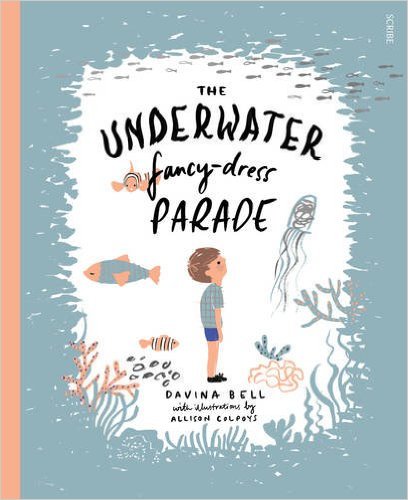
The Underwater Fancy-Dress Parade by Penguin Books Australia.
To some who know the adult me, this may come as surprise, but I was quite shy child in certain situations. I recall arguing with my parents not to send me to various social engagements, losing sleep over public speaking and generally questioning my social standing. As I have grown toward (what I hope is) adulthood I’ve developed skills that allow me to function as what many people would describe as a confident individual, however that doesn’t rid me of my own private insecurities.
As we become increasingly more aware that having some sort of social anxiety is more the norm than the exception it makes sense to make space for introverts. A children picture book that beautifully handles the subject is Davina Bell’s The Underwater Fancy-Dress Parade. The book takes us through Alfie’s social anxieties and while it offers no solutions if does suggest that its okay to feel insecure in big groups and to sometimes just need privacy. Reviewer Megan Daley adds, “Rather than urging Alfie to overcome his anxiety and whipping him off to the parade, his parents are understanding and empathetic, giving him the time and the space (and a day at the aquarium) to explore his feelings.”
Quiet Revolution echoes some of the same themes expressed in The Underwater Fancy-Dress Parade. Quiet Revolution founder, Susan Cain, has been standing up for the introverts celebrating their successes and their virtues to the broader community of loudmouths for some time now. Her very popular power of introverts TED talk has been view over 13 million times (making it the twelfth most watched TED talk of all time), perhaps suggests how significant a role introverts play within society.
So back to our guiding question: do our contemporary spaces support these introverts? Recent articles in suggest not. In 2014 the New York Times wrote about the Open Office Trap describing modern office relation to the 1970’s open school movement that went the way of the Dodo ( only to come again!). According to studies listed in the article the determents of an open office are many. Likewise a more recent 2015 article in The Atlantic asks if schools are over looking introverts? Michael Godsey, the articles author, sums up his own discomfort with group work by quoting Sartre: “Hell is other people”. There seems no doubt that open plan has its detractors and they certainly make fair points.
So how the do we manage learning spaces to succeed for all types of learners? Can we support introverts and extroverts in open modern learning environments? Of course we can, but how?
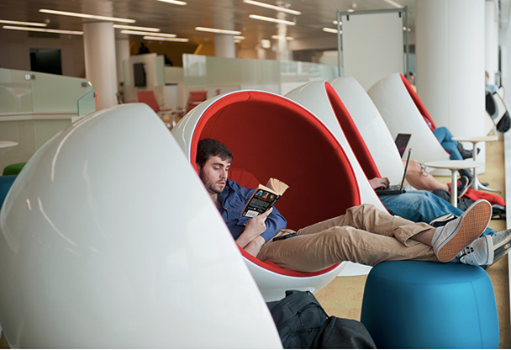
‘Sleeping Spaces’ designed by students at Rochester University won 5,000 USD for its innovative design concept.
Effectively differentiating for these learners needs to come from a few sources.
Designers and architects need to recognise and build spaces that while open and provide opportunities for fluid communication also allow for intimacy and privacy too. The completely open office doesn’t work, we need to diffuse space so that individuals don’t need to cocoon themselves in bizarro helmets like this one.
Another source is educators themselves to recognise that while collaboration may well be part of societies current trend we shouldn’t force people to be who they are not. We need to ask ourselves if a task truly needs to be collaborative and if it does are their ways to help dispense of the stresses associated with these collaborations. As educators and learners ourselves, we know its important to be able to self identify where and how best we work and learn and its a worthy conversation to engage your students in so that they better understand themselves.
At Make Space 4 Learning, we have long believed in the power of private spaces, but it seems they are sometime forgotten by both designers and educators. They are a critical element (1 of 5) in the design of any institution and shouldn’t be seen as an afterthought. In our world on increasing connectivity be it in physical environments or those 24 hour virtual spaces it is more important than ever that private spaces exist. Private spaces are needed to combat the over-stimulation in the work environment. Some people feel at ease with noise and stimulation, it can even grant them a sense of solitude but other find it gratingly distracting. For example, I enjoy working in a busy coffee shop while listening to music, meanwhile my wife will find it difficult to concentrate if someone is eating in the same room as her while she works. We all have our own comfort zones and its purposefully, intelligently crafted spaces which can create space for all of us.
So how does your space differentiate for your learners? We’d love to see example of your private spaces. For ideas head over the our Pinterest page.
******Here are 12 quick tips for educators and employers working with introverts.
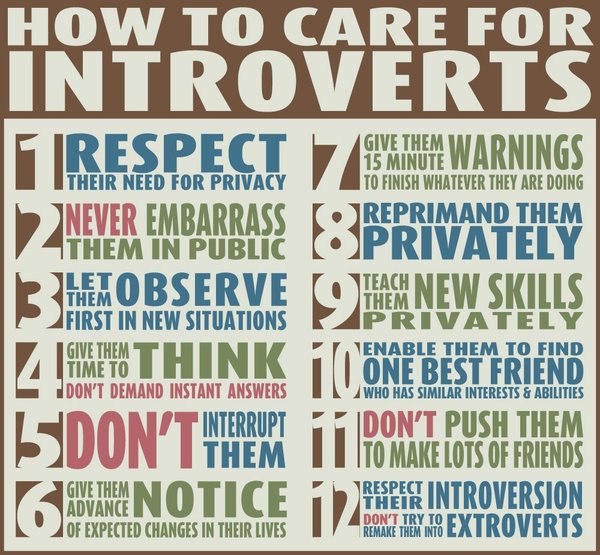
How to care for Introverts from Fast Conpany’s Are You An Introvert Or An Extrovert? What It Means For Your Career
** I’d perviously written about making space for introverts within faculty here.

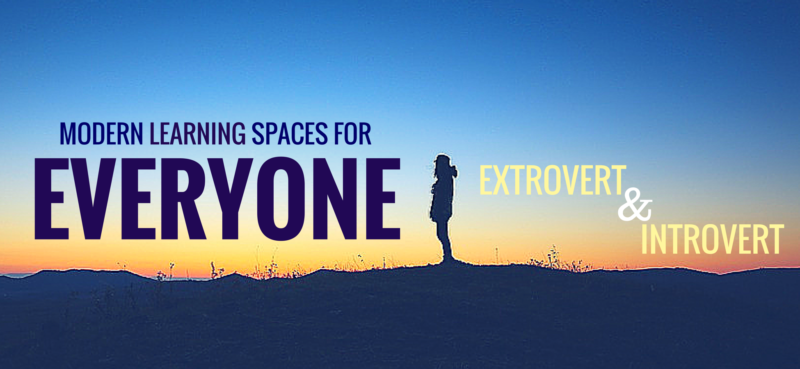
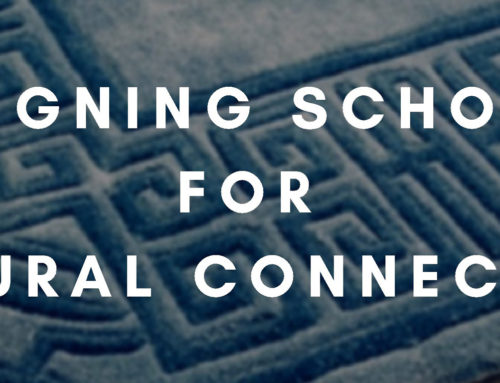
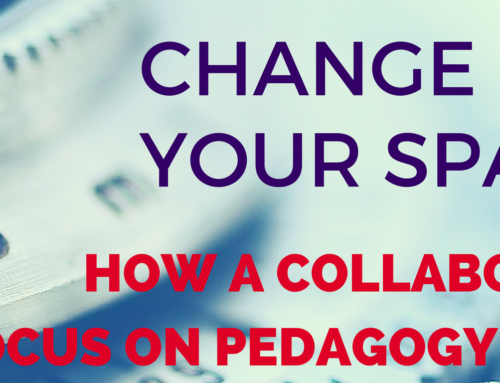
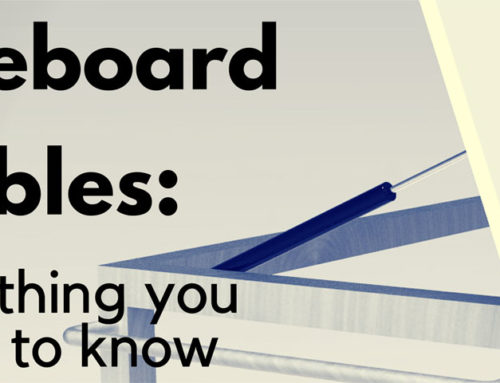

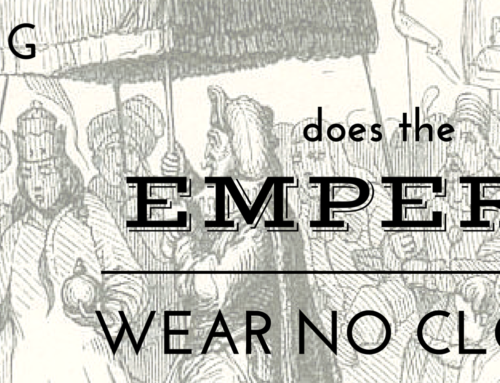
Nathaniel,this is an excellent article on a consideration that is often overlooked. It is easy to look through our own lenses when we are developing new spaces or learning strategies. The intention is good but the needs of the audience are often left behind. A diversified audience presents one more hurdle that is often easier to run around than to figure out how to get over. As an extrovert I find myself not making the considerations that you mentioned. However, when reflecting on my own learning preferences I recognize the need for situational spaces. There are times for collaboration but there are times for silent reflection, even for those who prefer the roar of productivity around them. Too often the emphasis is on flexible spaces. Perhaps we should focus more on varied spaces that fit different needs of learners.
Mike, thanks for the kind words. Its great to hear feedback on the ideas we put out there. I think that any good design needs to primarily focus on the user experience. In the cases of learning spaces we have so many students with various demands walking through our environments that it requires us to make sure we take care of all their needs. I think your exactly right when you wrote, “we should focus more on varied spaces that fit different needs of learners.”- Education isn’t a one size fits all model and our spaces should reflect that.
I certainly appreciated your comment too Mike, and made a connection between Nat’s post and your blog about underdogs within the classroom (http://rampages.us/neverenoughbandwidth/2016/03/14/classroom-experience-underdogs/). Neither introverts nor extroverts are underdogs per se, however when we create learning environments that fail to consider the diversity of our learners, perhaps we are inadvertently relegating some of our students to the minor leagues (for more – and better – sports analogies please read Mike’s blog).